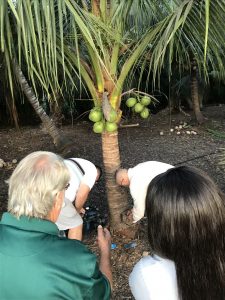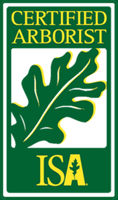Imagine your lush, tropical yard wiped out, killed by an insect creeping throughout the Palm Beaches and Treasure Coast. Homeowners are losing thousands of dollars in landscaping.
“I miss the nice, big green tree,” said Valeria Fabiani, a homeowner.
Fabiani used to have a window with a view.
“There’s a tower that I don’t like and I was trying to cover it,” said Fabiani.
She wanted to create a palm tree oasis in her backyard.
“It started looking like this one. The leaves would yellow and the branches would get completely dry,” said Fabiani.
“Once it gets the disease, it’s too late. If it’s infected, it has to be removed,” said Michael Zimmerman, the owner of Zimmerman Tree Services.
The insect, a type of plant hopper, is the carrier of a disease known as lethal bronzing.
Zimmerman said he sees palms being annihilated by them, one by one. He said there are 16 types of palm trees that are susceptible to the deadly disease. Click here to find out what they are.
“Lethal bronzing isn’t really evident until the tree starts collapsing,” said Zimmerman.
The collapsing usually happens within four months of the tree becoming infected. Zimmerman said Fabiani’s only hope is to remove the tree and treat the other trees with preventative injections.
“Alex is drilling a hole in the coconut palm. As you can see, a little bit of sap is coming out,” said Zimmerman, describing how a tree is being preventatively treated.
The suggested treatment is three to four times per year and ranges from $10 to $85, depending on the size of the tree.
Dr. Brian Bahder, an assistant professor at the University of Florida, said discoloration of orange leaves closest to the ground is a good sign that your tree may be getting sick and should be tested.
Bahder and his team in Fort Lauderdale are spearheading research. The tests to confirm if palm trees have lethal bronzing are only done in their lab.
“The turnpike, I-75 and I-95 — a lot of susceptible palm trees have been planted along these major roadways more recently. And it’s created an ‘all you can eat’ buffet for this pathogen,” said Bahder. “They’re probably going to be on just about any palm in any yard or any property.”
Fabiani now has a hole in her backyard and no cure.
“We might have to look for another state tree,” said Zimmerman.
The injections stop the spread of the disease, but you likely won’t know if your tree has it until it’s too late. Bahder said he and his team hope to eventually find a cure.






